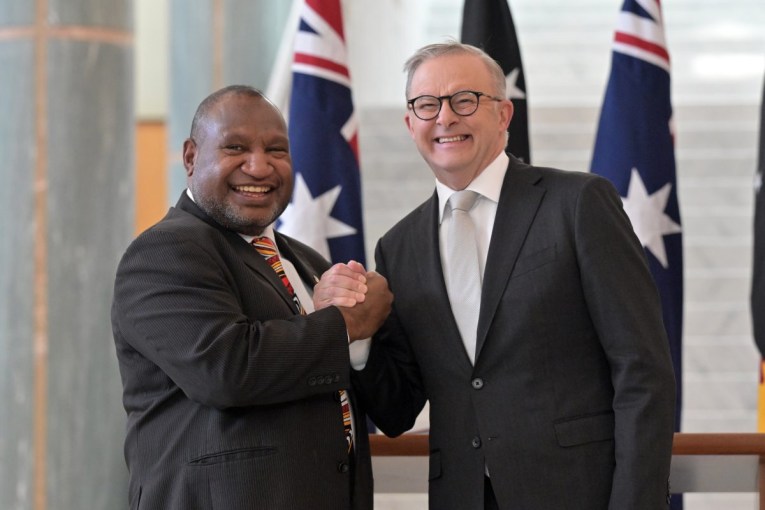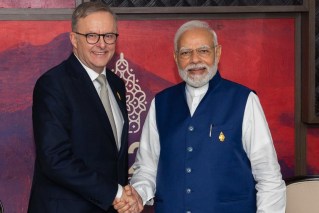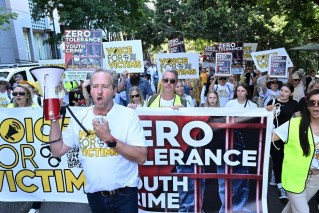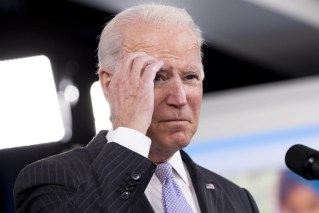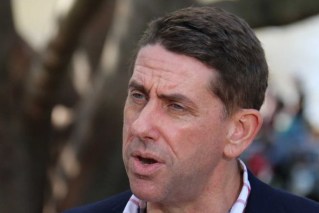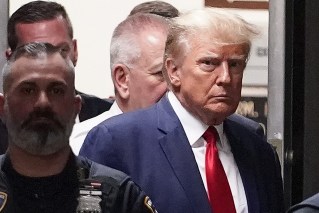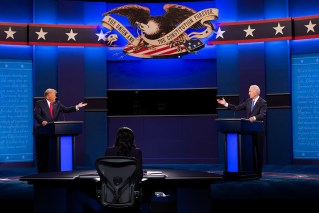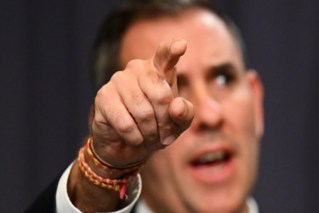A very different Prime Minister suddenly looks like the man for a crisis
The best thing politicians can do in times of national crisis can often be not to promise to fix the problem, but take voters into their confidence about what they are trying to do to address them.
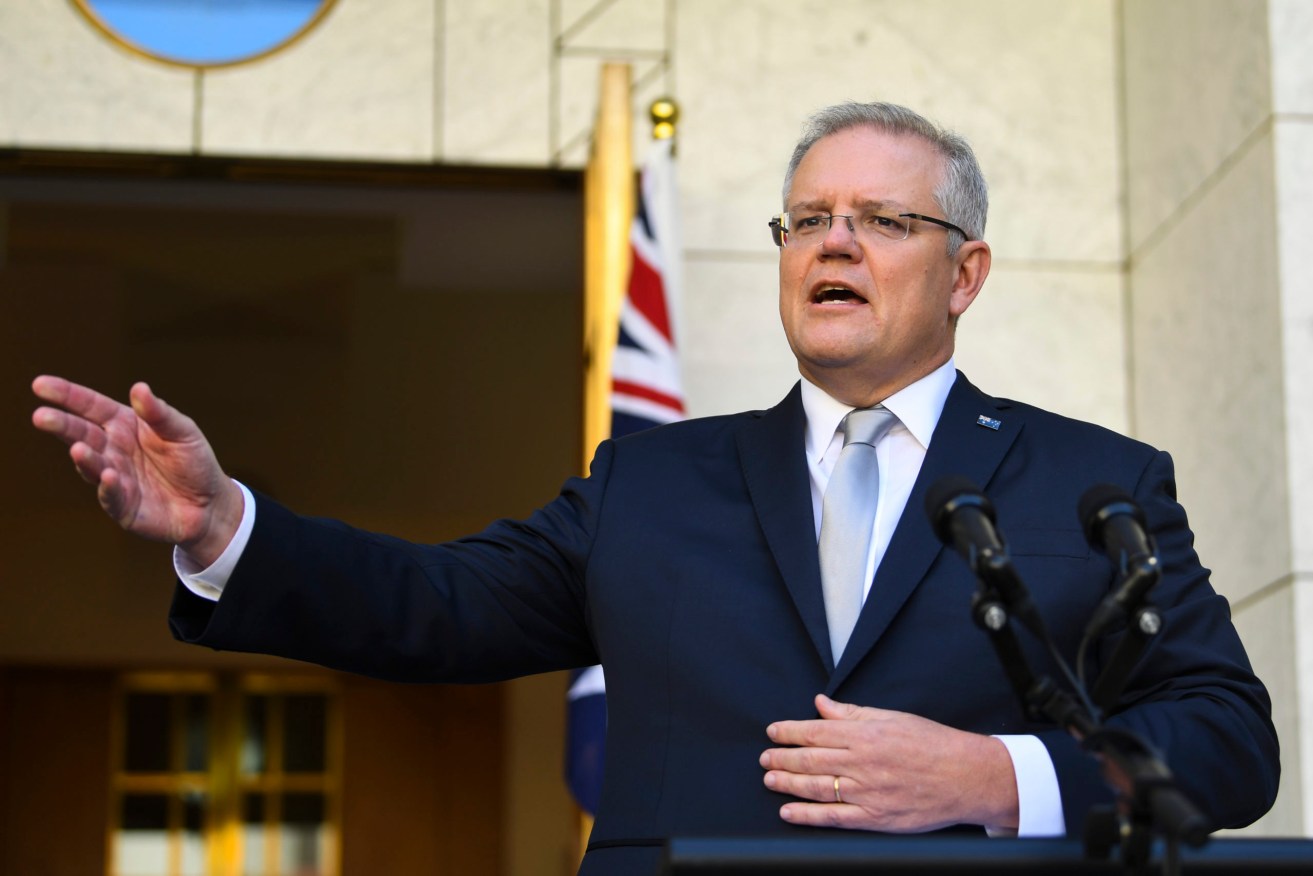
Prime Minister Scott Morrison deserves the plaudits he's won for his changed behaviour and attitude since COVID-19 hit but his performance has not been without fault. (Photo: AAP Image/Lukas Coch)
Our leaders might not have all the answers and things might not all be as they should, but telling people why they are taking the decisions they are taking and giving them a sense that they are on the case can help calm people down.
Psychologists have linked the bizarre obsession with toilet paper hoarding and the extraordinarily unattractive behaviour of Australians in supermarkets in recent weeks to a sense of lack of control.
The Prime Minister who emerged into the courtyard at Parliament House on Wednesday, along with the chief medical officer Brendan Murphy, seemed a very different figure to the one who delivered the folksy “address to the nation”, which was notably short of any great detail, just six days earlier.
And you may have noticed too, that the general tone of politics has changed under the weight of this emergency: the cheap political points and slogans have largely gone, even if the Government can’t quite take that extra step of bringing the Opposition into the national cabinet.
It wasn’t the new round of measures that Scott Morrison was announcing aimed at slowing the spread of the coronavirus that was important on Wednesday, or even his message that people should “just stop it” on hoarding. It was that he gave himself, and Murphy, enough time to explain the thinking behind them.
And the message that this was a crisis that was likely to be with us for at least six months was also much better put: and with it, the need to understand that any measures taken now would have to be sustainable for at least that long, not be considered as something that could just be implemented for two or four weeks. That included the question of schools.
The explanation on why schools should stay open — and students attend them — was more extensive. The Prime Minister pointed to the fact that Singapore (one of the countries that has most successfully contained the virus) kept its schools open as support for the position.
Now, that doesn’t mean a lot of people won’t agree with it. It won’t stop parents making their own decisions about whether their kids should go to school or individual schools closing.
Federal and state governments are continuing to work on the problematic aspects of schools: issues like whether governments can organise schooling for health workers, for example. And you can be certain this policy in the broad will evolve and change.
Cabinet ‘following same rules as every Australian’
At some point in the extraordinary times in which we find ourselves, the reality is that people will take their own decisions, just as people have stopped going to restaurants, stopped travelling and, yes, continued to panic purchase.
We will all have to make our own decisions. We can only look to governments to provide the best medical advice they have to hand.
But we expect them to explain that advice and their decisions in those circumstances.
Important in the process of building a bit of trust was the Prime Minister’s explanation of why he had not been tested for the virus in the wake of Peter Dutton’s positive result, given he had been sitting in a Cabinet meeting with the Home Affairs Minister three days earlier (along with the rest of the Cabinet).
Until now, he has tended to just dismiss questions about this, even though the apparent contradiction in the way ministers were behaving, compared with the advice to others, was a really bad and confusing signal to the rest of the community.
On Wednesday, he said the Cabinet was “following the same rules as every other Australian”.
While he had had a regular medical check-up on Tuesday night, “what I’m saying is that there can’t be one rule for me and another rule for the rest of the country”.
“Testing equipment is an important resource, and I’ll follow the rules like everybody else. I’ve already put in place arrangements with the Cabinet. We’re meeting now virtually. We’re not gathering the Cabinet all together in one room. The contact tracing on that event has already been undertaken, and so, where that has led to the need for tests to be undertaken, where people are exhibiting symptoms and had contact, then people will undertake the tests,” the Prime Minister said.
“There will be a number of Cabinet members who had tests. Not in relation to that specifically, but where they have satisfied the case definition, which has been set out by the chief medical officer, and I can assure you in all of these cases where there has been a question arise as to whether that should be done, we’ll consult with either the chief medical officer or the deputy chief medical officer. I’d encourage all Australians to do that.”
That same consistency seemed to be present in the jointly negotiated decision of Government and Opposition to get MPs and senators who represent remote communities, who are older, or a handful who have already tested positive for the virus, to stay away from Canberra when it sits next week to pass the spending measures being put forward by the Government.
Australia likely to close its doors
The Prime Minister talked at the Wednesday press conference of how there had been a gear change last weekend in the response to the virus as it became clear there was now transmission in the community, albeit at a low level, and as the federal and state governments joined in a national cabinet.
You need that sort of coordination when you are starting to create exclusion zones in areas of Australia, like remote communities (even if you argue at the same time it is not possible to lock down large areas of the country), and when you are placing heavy restrictions on visits to aged care communities.
There is going to be more to come from our governments, on a rolling basis.
All the signs are now in place that, along with the rest of the world, Australia is likely to completely close its doors in the period ahead.
The Federal Government is looking at further measures to support the economy.
Its airline package on Wednesday, for example, is some relief for the airlines but doesn’t necessarily help airline staff or ancillary industries.
But the Prime Minister made clear the need for income support — for an even bigger economic “safety net” for Australians — was front and centre of their deliberations on the new measures.
Shortly afterwards, Victorian Premier Daniel Andrews both confirmed this and stepped up the message a notch, acknowledging and saying federal and state governments were working on the basis that “we need to be providing that sort of emergency capital, that sort of emergency cash”.
“We are doing some work, we will have more to say about that,” Andrews said.
“It is important to get this right. To be calm, to be considered and no doubt, the Federal Government is considering issues of guaranteeing mortgages, guaranteeing income, all manner of different measures.”
The calls, particularly from the medical community, for more equipment and faster action will continue, completely understandably. But just as the quality of information being made available to the public through health websites has lifted this week, the quality of the messaging from our political leaders seems to have also made a much-needed improvement.
– ABC / Laura Tingle
